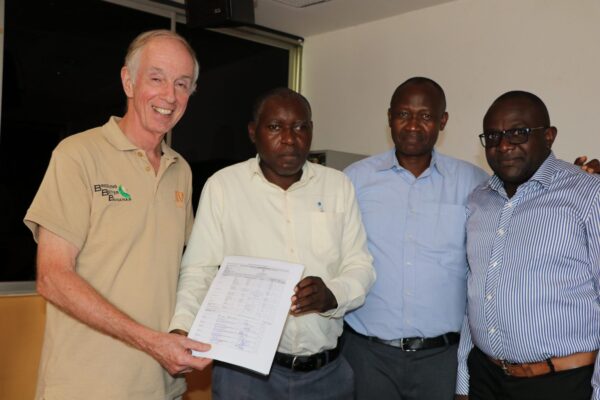Genetic Gain
Mainstreaming genetic gain in roots, tubers and bananas to smallholder farmers fields.
Preferred Varieties
Delivering nutritious, affordable, and demand-driven varieties able to achieve accelerated adoption and increased consumption in diverse urban and rural markets.
Long-term Focus
Root, tuber and banana crops are the centerpiece of the African dinner table. We are dedicated to work with funders and partners to ensure predictable project funding for the long term so smallholder farmers benefit from the new varieties and innovations promised by this endeavor.
Why are root, tuber and banana crops important?
More than 300 million people depend on them for food and income.
More than 300 million people, many below the poverty line, in developing countries depend on root, tuber and banana crops for food and income.
Root, tuber and banana crops – bananas (including plantains), cassava, potatoes, sweetpotatoes, yams, and tropical and Andean roots and tubers– are some of the most important staple crops in the world’s poorest regions. They provide around 15% or more of the daily per capita calorie intake for the 763 million people living in the least developed countries. Often rich in key nutrients such as provitamin A, RTB crops can significantly improve nutrition and food security. Many RTB crops can be grown with few inputs and often under harsh conditions. Yet they respond very well to intensification and are high yielders in terms of calories produced per hectare. As important cash crops, they can help boost family incomes and are frequently grown or marketed by women.
But RTB crops present several common challenges. High genetic complexity means breeding is especially difficult and consumers often have particular quality preferences in addition to higher yield to be addressed. RTB crops are propagated clonally rather than with seeds, which means seed remultiplication is needed close to farmers’ fields and allows yield-reducing pathogens to build up over time. This calls for a strong design of private-public seed systems. The crops’ bulk and perishability creates opportunities for postharvest innovation. Whilst sometimes considered womens’ crops their production and marketing involves women and men in varying ways putting a premium on understanding gender differences.








